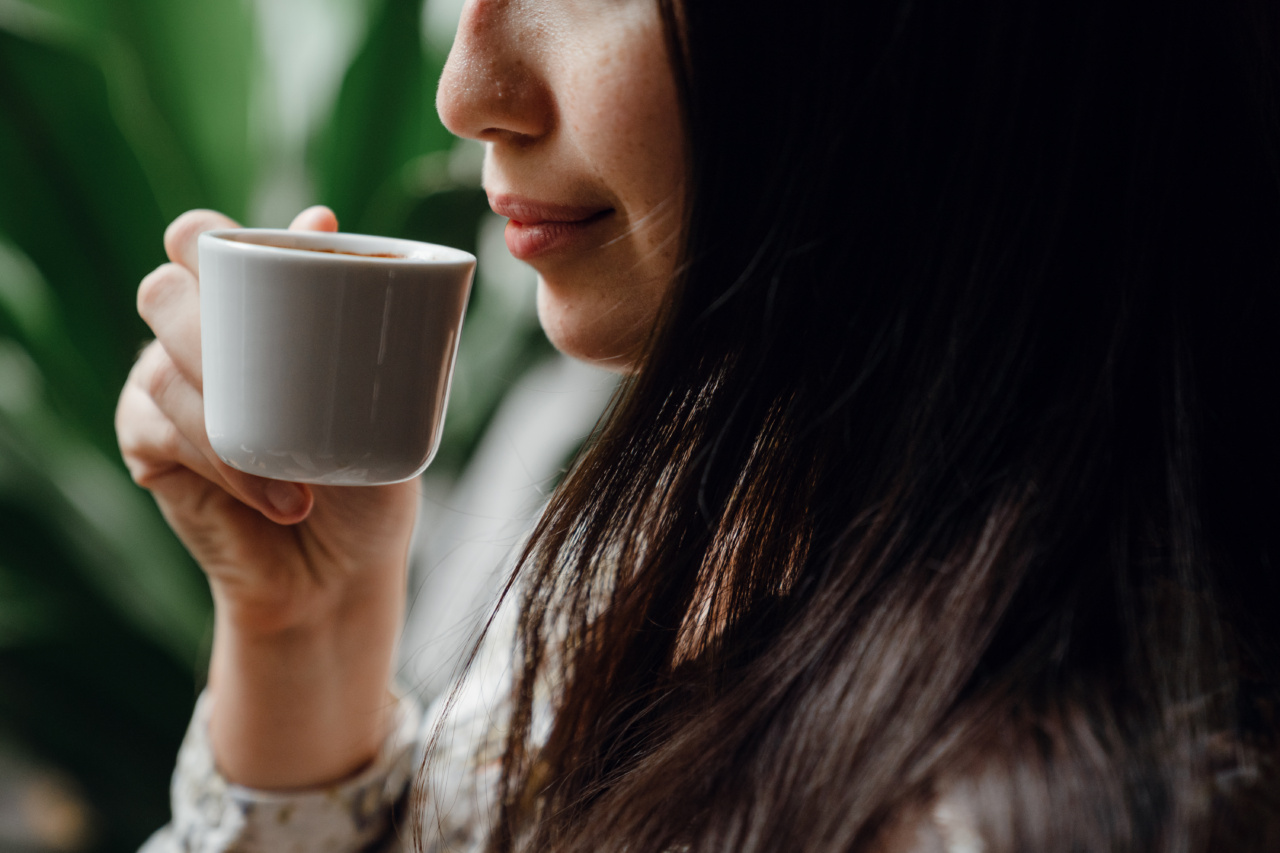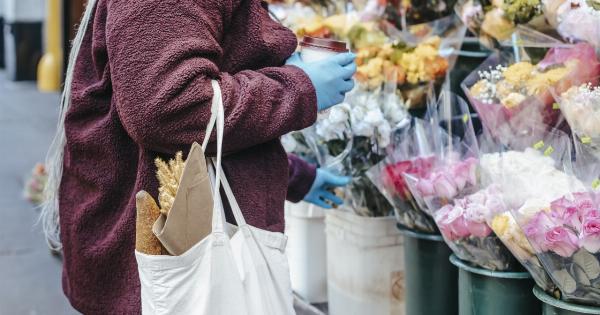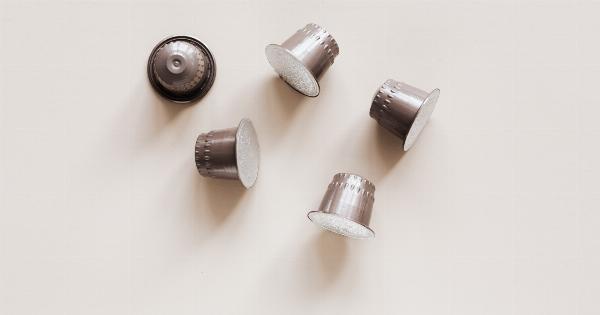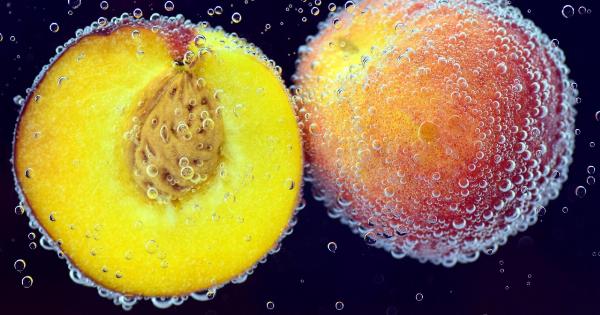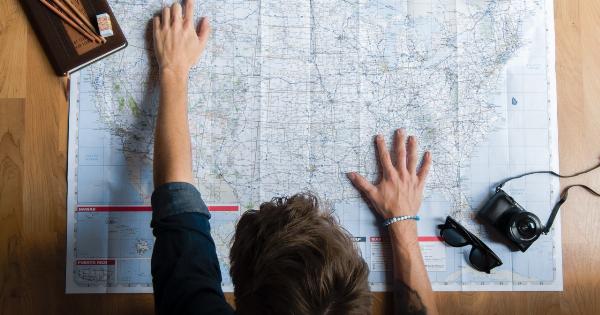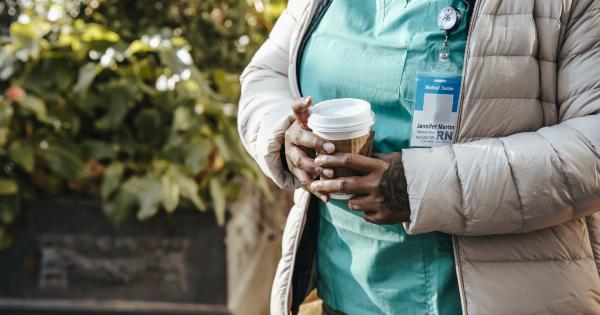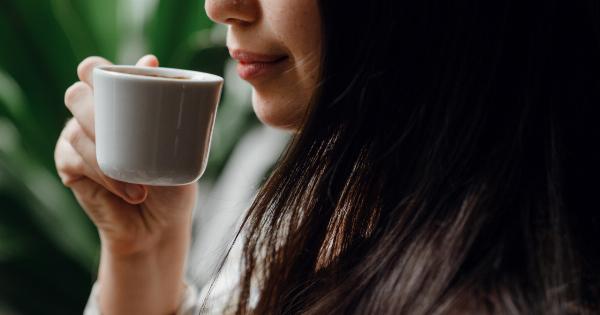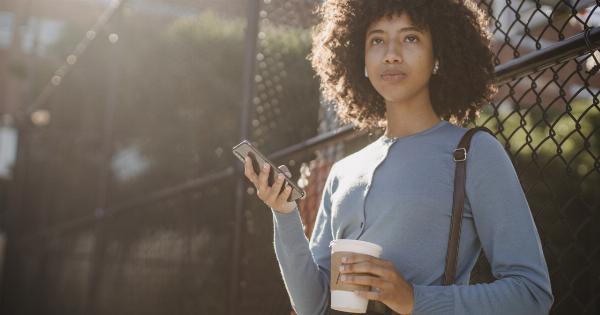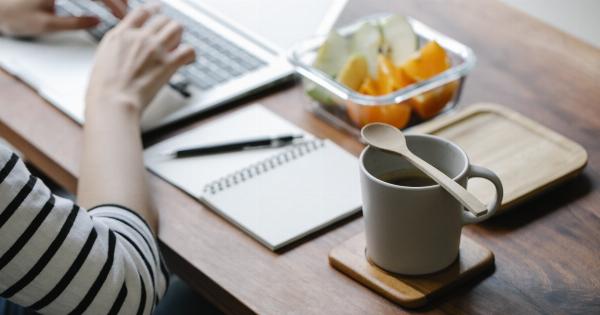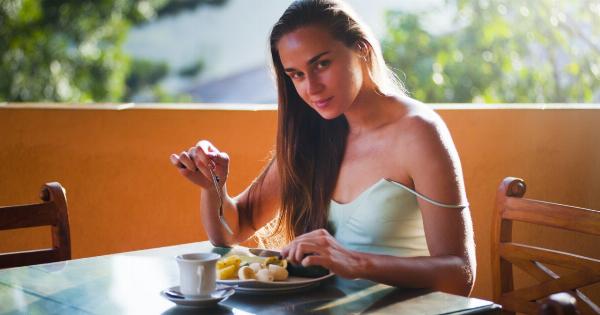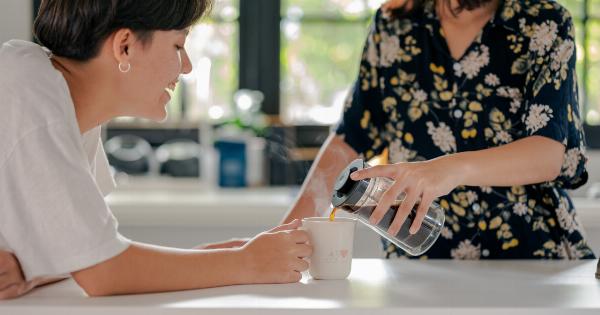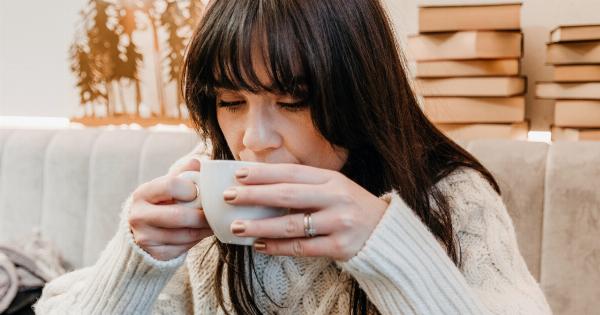Coffee is one of the most popular beverages in the world, enjoyed by millions of people each day. Apart from its rich aroma and flavorful taste, coffee is also known for its stimulating effects due to the presence of caffeine.
Caffeine is a natural stimulant that affects the central nervous system, helping to ward off fatigue and increase alertness. The amount of caffeine in a cup of coffee can vary depending on a few factors, including the species of coffee bean used.
In this article, we delve into the caffeine content of different coffee species to find out which one reigns supreme.
1. Coffea Arabica
Coffea Arabica, commonly known as Arabica coffee, is the most widely consumed species of coffee in the world. It is prized for its excellent flavor and lower caffeine content compared to other species.
On average, Arabica coffee contains about 1.2% caffeine by weight.
This lower caffeine content makes Arabica coffee a popular choice among those who enjoy the taste of coffee but are more sensitive to the stimulating effects of caffeine.
It is often considered a milder and smoother option when compared to other coffee species.
2. Coffea Canephora (Robusta)
Coffea Canephora, also known as Robusta coffee, is the second-most cultivated coffee species globally, accounting for about 40% of the market. Robusta coffee is known for its strong and bold flavor profile, as well as its higher caffeine content.
On average, Robusta coffee contains approximately 2.2% caffeine by weight.
The higher caffeine content in Robusta coffee makes it a popular choice for those seeking a stronger and more potent dose of caffeine.
Robusta beans are often used in espresso blends and instant coffee due to their ability to provide a robust flavor and a generous caffeine kick.
3. Coffea Liberica
Coffea Liberica is a lesser-known coffee species that is primarily grown in West Africa and the Philippines. It is characterized by its large bean size and unique flavor profile, which is often described as woody or floral.
In terms of caffeine content, Coffea Liberica falls somewhere between Arabica and Robusta coffee but generally leans towards the Robusta coffee range.
Although Coffea Liberica is not as widely available or consumed as Arabica or Robusta coffee, it has gained popularity among coffee connoisseurs who appreciate the distinct taste and aroma it offers.
4. Specialty Coffee and Caffeine Content
In addition to the different coffee species, the caffeine content can also vary based on the specific cultivation and roasting methods used.
Specialty coffee refers to high-quality coffee that is carefully grown, harvested, and processed to bring out the best characteristics of the beans.
Specialty coffee often goes through a rigorous selection process, ensuring that only the ripest cherries are picked and processed meticulously.
This extra attention to detail can result in a more concentrated flavor profile and potentially a higher caffeine content.
Roasting plays a significant role in the caffeine content as well. Lighter roasts tend to retain more caffeine compared to darker roasts.
This is because the longer roasting time breaks down the caffeine molecules, resulting in a slightly reduced caffeine content in the final product.
5. Decaffeinated Coffee
For those who love the taste of coffee but prefer to avoid caffeine altogether, decaffeinated coffee is a popular alternative.
Decaffeination is a process that removes most of the caffeine from coffee beans, allowing individuals to enjoy a cup of coffee without the stimulating effects.
The decaffeination process typically involves water, solvent, or carbon dioxide extraction to eliminate the caffeine molecules from the beans while preserving the flavor.
The caffeine content in decaffeinated coffee can vary but is generally reduced to less than 0.1% by weight. It’s important to note that decaffeinated coffee is not completely caffeine-free, as trace amounts often remain.
6. Factors Affecting Caffeine Content
While coffee species play a significant role in determining caffeine content, there are several other factors that can influence the amount of caffeine in your cup of coffee:.
Bean Roast: As mentioned earlier, darker roasts tend to have slightly less caffeine than lighter roasts. However, the difference is minimal and may not be noticeable to most coffee drinkers.
Brewing Method: The brewing method can affect the extraction and concentration of caffeine. Methods like espresso or Turkish coffee typically result in higher caffeine content compared to drip or pour-over methods.
Brewing Time: The longer the coffee grounds are in contact with hot water, the higher the caffeine extraction. For example, cold brew coffee often has a higher caffeine content due to the lengthy brewing process.
Bean Quality: The quality of the coffee beans can impact the caffeine content. Specialty coffee beans are generally more flavorful and aromatic, but their caffeine content can also be influenced.
7. Health Effects of Coffee and Caffeine
Coffee and caffeine have long been studied for their potential health effects, both positive and negative. Here are a few key findings:.
Stimulation and Alertness: Caffeine is known for its ability to increase focus, attention, and alertness. It can also help combat fatigue and drowsiness.
Enhanced Physical Performance: Caffeine has been shown to improve endurance and athletic performance. It can boost both power output and endurance during physical activities.
Metabolic Boost: Caffeine has thermogenic properties that can slightly increase metabolism and fat oxidation. It may promote weight loss or assist with weight management when consumed in moderation.
Mood and Mental Health: Coffee and caffeine consumption have been associated with a reduced risk of depression and suicide rates.
However, excessive consumption or sensitivity to caffeine may trigger anxiety or other adverse mental health effects in some individuals.
Cardiovascular Health: Moderate coffee consumption has been linked to a reduced risk of heart disease, stroke, and certain types of cancer.
However, excessive caffeine intake may have negative effects on blood pressure and increase the risk of heart palpitations.
It’s important to note that individual responses to caffeine can vary, and what may be beneficial for some may not be the same for others.
It’s advisable to consume coffee and caffeine in moderation and be mindful of personal tolerance and sensitivities.
8. Making the Right Choice
Whether you prefer the mildness of Arabica coffee, the boldness of Robusta, or the uniqueness of Liberica, choosing the right coffee species ultimately comes down to personal preference and sensitivity to caffeine.
If you enjoy the taste of coffee but are more sensitive to caffeine, Arabica coffee may be your best bet. For those seeking a stronger and more invigorating dose, Robusta coffee offers a higher caffeine content and a more robust flavor profile.
And if you’re feeling adventurous, Coffea Liberica can bring a touch of rarity to your coffee experience.
Remember, it’s not just the coffee species that determines caffeine content. Factors like roasting, brewing method, and brewing time also play a role.
By experimenting with various parameters, you can find the perfect cup of coffee that suits your taste and caffeine preferences.
Conclusion
When it comes to coffee, the reigning species in caffeine content is Coffea Canephora or Robusta coffee, with an average caffeine content of about 2.2% by weight.
However, coffee preference is a highly personal choice, and factors beyond species, such as roasting and brewing methods, can also influence caffeine levels. Ultimately, the best coffee species for you depends on your taste preferences, caffeine sensitivity, and desired flavor profile.
